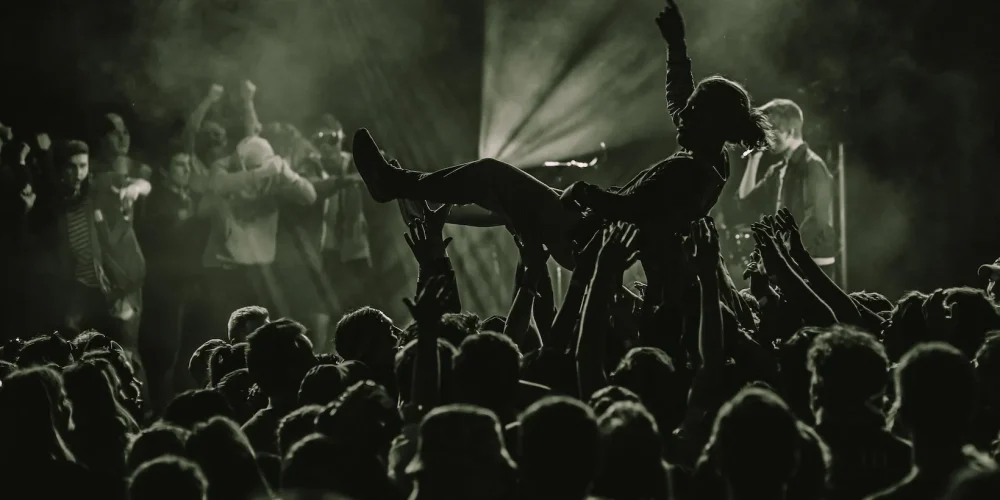The Pointer Sisters Yes We Can Can
I’ve always been captivated by the infectious energy and soulful harmonies of The Pointer Sisters. Their hit song, “Yes We Can Can” is more than just a catchy tune; it’s an anthem that resonates with many, even today. This timeless piece has held its ground as a powerful symbol of unity and empowerment for over four decades.
When I think about why “Yes We Can Can” remains relevant, it’s clear to me that the song’s poignant message plays a big part. The lyrics advocate for optimism, resilience, and collective action—values that continue to be significant in our society today.
Upon its release in 1973, this track immediately stood out from other songs at the time due to its distinctive blend of funk, R&B, jazz, and pop elements—a testament to The Pointer Sisters’ versatility as artists. They didn’t just create music; they created movements through their sound. As we delve deeper into this iconic track and its impact on popular culture then and now, you’ll understand just what makes “Yes We Can Can” so enduringly special.

The Pointer Sisters: A Brief Background
Let me take you on a journey back to the 70s, when disco was king and funk was the rhythm of life. This was the era that birthed The Pointer Sisters, one of music’s most captivating vocal groups. Born and raised in Oakland, California, these four sisters – Ruth, Anita, Bonnie and June – were destined to make waves in the music industry.
Starting their musical journey as a duo with only June and Bonnie, they later expanded to include sisters Anita and Ruth. By 1973, they’d been signed by Blue Thumb Records. With their unique blend of R&B, soul, disco, pop and country influences they quickly became a sensation.
Their debut album gave us hits like Yes We Can Can. Written by Allen Toussaint—a legend in his own right—the song encapsulated what The Pointer Sisters stood for: unity, resilience and empowerment. It peaked at number 11 on Billboard’s Hot 100 chart—a remarkable feat for newcomers in an industry dominated by heavyweights.
What set The Pointer Sisters apart was not just their harmonious vocals but also their fashion sense. They were trendsetters who embraced vintage style long before it became popular again. They’d often perform wearing 1940s attire—sparking intrigue while setting themselves apart from other groups of that era.pexel






